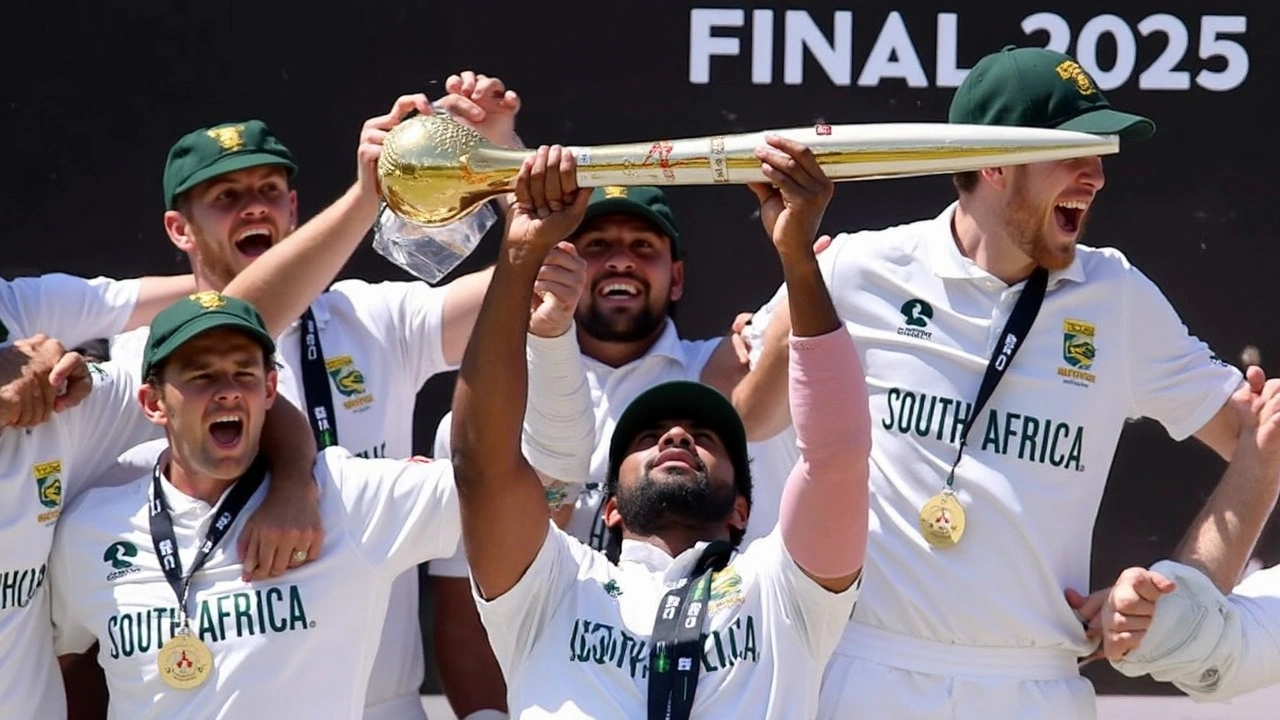ICC Moves to Shorter Tests for Smaller Nations
Cricket’s guardians are once again tinkering with one of its oldest traditions. The International Cricket Council (ICC) has started paving the road to four-day Test matches for the 2027-29 cycle of the World Test Championship (WTC). Their pitch? Let’s give countries with tighter budgets a better shot at keeping Test cricket alive and affordable.
For a while now, only a handful of top-tier teams like India, Australia, and England have had the resources to host regular five-day series. It’s not cheap—paying for stadiums, support staff, player accommodations, and logistics quickly adds up. Smaller cricket boards like South Africa and Zimbabwe have been feeling the pinch, which means Test cricket is slowly becoming an expensive luxury for them—hardly the inclusive spirit the ICC claims to value.
So, here’s the plan, backed by ICC Chair Jay Shah: Move regular bilateral Test series involving these smaller teams to a four-day format. The 2027-29 WTC cycle could be the first where this actually sticks. The upcoming cycle starting in 2025 will keep things as they are: five days, all matches, no exceptions. But after that, the change gets real.

What’s Actually Changing?
The headline change is clear: non-marquee Test series, particularly those not involving the traditional big three, will become four-day affairs. But the ICC isn’t stopping there. The daily workload will go up, with teams expected to bowl a minimum of 98 overs each day, up from the current 90. This is supposed to stop matches from fizzling out too quickly and to keep their competitive edge, even with one less day.
There are exceptions, and they’re no surprise. Series that draw huge crowds and plenty of TV money—the Ashes (England vs Australia), the Border-Gavaskar Trophy (India vs Australia), and the rebranded Anderson-Tendulkar Trophy (India vs England)—will keep the classic five-day format. These contests are deeply embedded in the sport’s identity, and nobody at ICC wants to mess with that nostalgia or lose the lucrative spectacle they deliver.
The logic is about more than budgets. Shorter Tests mean countries can finish a three-match series within three weeks instead of nearly a month. Less disruption, less cost, more flexibility to squeeze games into packed international calendars. Smaller boards hope this breathing room will let them stay competitive and keep Test cricket relevant for new fans who are used to faster T20 and ODI formats.
This idea isn’t entirely new. The ICC started flirting with four-day Tests in 2017, sanctioning matches between England and Zimbabwe (played in 2022), and England and Ireland (2019 and 2023) with a shorter format. But those were trial runs. Making this shift the default for future WTC cycles takes the idea mainstream and signals the cricket world’s ongoing tug-of-war between preserving heritage and adapting for the modern age.
Will four-day Tests manage to capture the slow-burn drama and tactical battles that have defined the format for more than a century? Or will they fade into the background, becoming just another compromise lost in cricket’s endless scheduling shuffle? For fans, the countdown to 2027 is suddenly much more interesting. Either way, the decision puts the four-day Test matches debate firmly in the sport’s spotlight—and there’s no going back now.
